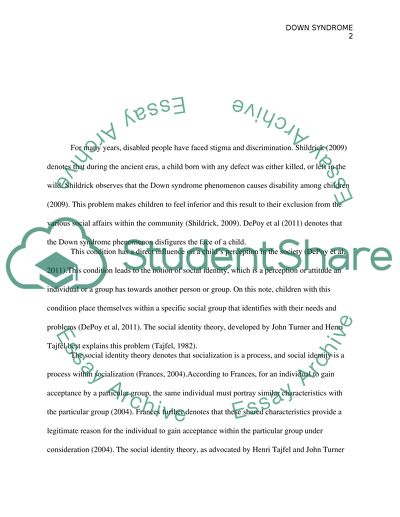Cite this document
(“Do the facial features of a child with Down Syndrome impact on their Assignment”, n.d.)
Do the facial features of a child with Down Syndrome impact on their Assignment. Retrieved from https://studentshare.org/education/1464142-do-the-facial-features-of-a-child-with-down
Do the facial features of a child with Down Syndrome impact on their Assignment. Retrieved from https://studentshare.org/education/1464142-do-the-facial-features-of-a-child-with-down
(Do the Facial Features of a Child With Down Syndrome Impact on Their Assignment)
Do the Facial Features of a Child With Down Syndrome Impact on Their Assignment. https://studentshare.org/education/1464142-do-the-facial-features-of-a-child-with-down.
Do the Facial Features of a Child With Down Syndrome Impact on Their Assignment. https://studentshare.org/education/1464142-do-the-facial-features-of-a-child-with-down.
“Do the Facial Features of a Child With Down Syndrome Impact on Their Assignment”, n.d. https://studentshare.org/education/1464142-do-the-facial-features-of-a-child-with-down.


